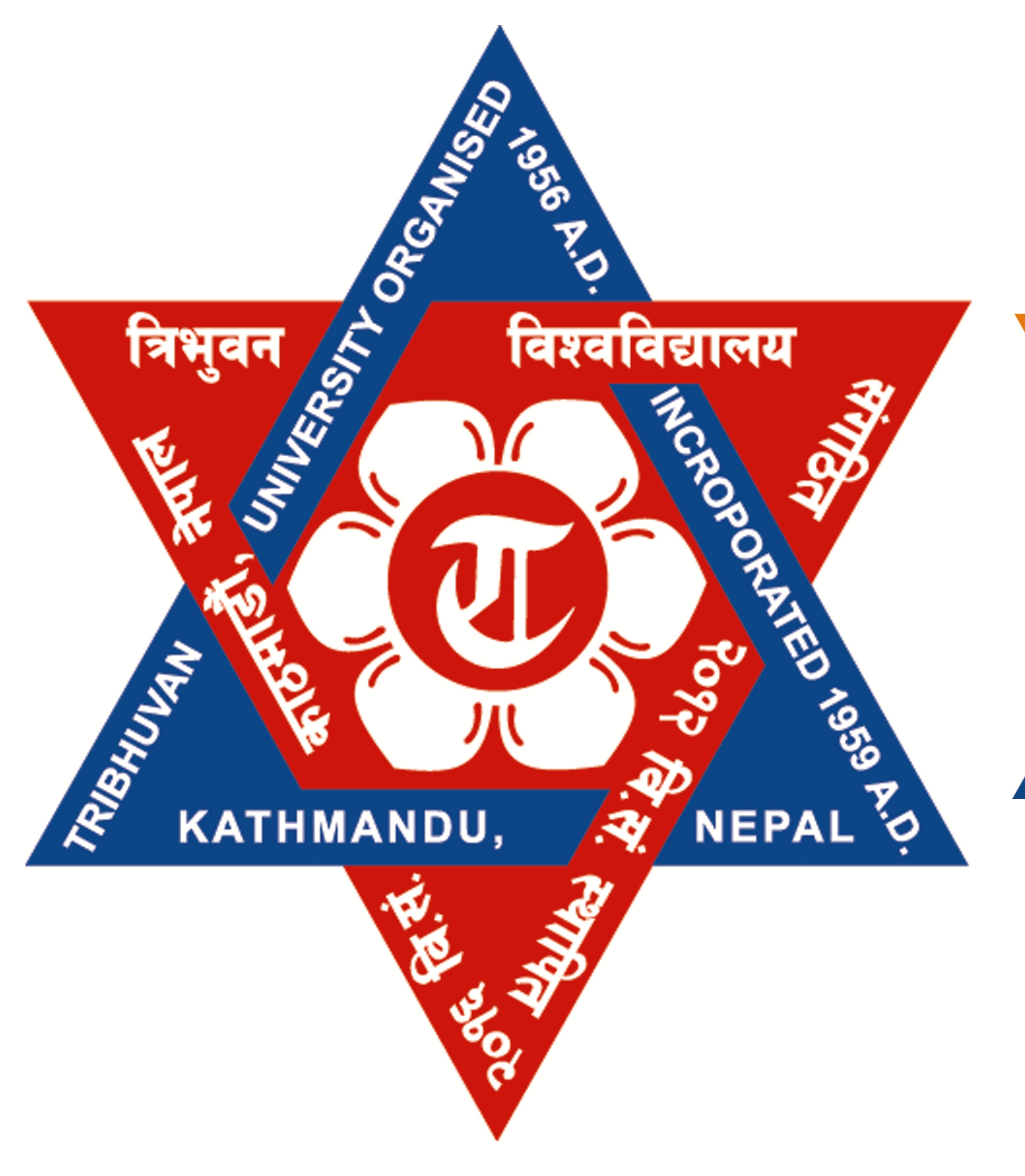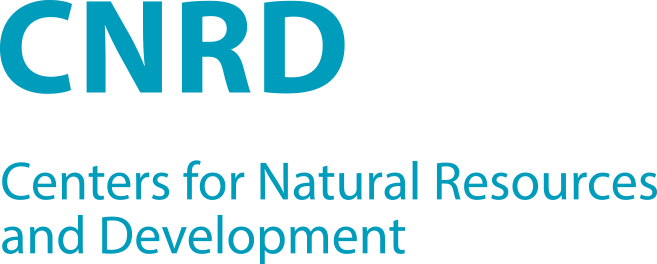Tribhuvan University, Kathmandu, Nepal

Tribhuvan University (TU), established in 1959, is the first national institution of higher education in Nepal. The Central Administrative Office and the Central Campus of the university are located on the northwestern facade of Kirtipur, an ancient and small town located five kilometers away from Kathmandu. There are 39 central departments and 4 research centers. The Minister of Education is the Pro-Chancellor. The Vice-Chancellor is the Chief Executive of the university. He is assisted by the Rector in academic programmes and the Registrar in financial management and general administration. Tribhuvan University is a non-profit autonomous institution funded by the Government of Nepal. Main objectives of TU The university was established with the following objectives:
1. To prepare capable human resources required for the overall development of Nepal
2. To impart standard higher education
3. To protect and develop national culture and tradition
4. To involve in extensive, empirical, and timely creation of knowledge and research in the fields of arts, science, technology, and vocation
Institute of Engineering
The history of engineering education in Nepal can be traced back to 1942, when the Technical Training School was established. In 1972, the Nepal Engineering Institute at Pulchowk and the Technical Training Institute at Thapathali were brought together under the umbrella of the Tribhuvan University to constitute the Institute of Engineering. The Nepal Engineering Institute and the technical training school were renamed as Pulchowk Campus and Thapathali Campus, respectively. Graduate program Since then, the Institute of Engineering has expanded considerably. Now Institute of Engineering is offering Ph.D. programs, Master’s degree (postgraduate course), Bachelor’s degree (undergraduate course), in different engineering disciplines on different campuses and colleges. Now there are eleven undergraduate and more than twenty-seven postgraduate courses including M.Sc. in Disaster Risk Management. Research Centers Institute of Engineering (IOE) is one of the five technical institutes under Tribhuvan University (TU). IOE is also becoming more and more responsive to the ever-changing needs of Nepalese society and the engineering profession. The institute is experiencing a period of significant growth in departing from producing low – and middle-level technicians to running diploma, – Bachelor -, Master, and – Ph.D. programs. IOE is carrying out various researches on contemporary issues through its ten research centers.
1. Center for Applied Research and Development
2. Centre for Disaster Studies
3. Continuing Education Division
4. Center for Energy Studies
5. Curriculum Implementation and Material Development Unit
6. Centre for Information Technology
7. Centre of Pollution Studies
8. IOE Consultancy Services
9. Centre for Urban Planning Studies
10. Centre for Incubation and Innovation

BSc, MSc, and Doctoral Programs relevant to CNRD
- Department of Civil Engineering
- Department of Mechanical Engineering
- Department of Electronix and Computer
- Department of Urban Planning
- Department of Science and Humanities
- Department of Electrical Engineering
Activities in capacity development relevant to CNRD
- Joint Student Project on ” Climate Change Implications on Urban Landscape of Kathmandu” from 11th to 15th September 2011
- Workshop on ” Education and Research on Climate Change” 2011; science policy Dialogue in urban disaster management (2016)
- Workshop on “E-learning and Curriculum Development” Database: Inventory and database development of river basin, RDI of Ganges river basin
- Training: Training for Policymakers on Climate Change Impact Adaptation
Pool of Experts
Project Coordination
Basanta Raj Adhikari
Assistant Professor, Deputy Director of Centre for Disaster Studies
Phone: 9851133510
Nagendra Raj Sitoula
Associate professor, Director of Centre for Disaster Studies
Phone: 9751088879
Location
M7JM+798, TU Rd, Kirtipur 44618, Nepal
You are currently viewing a placeholder content from Default. To access the actual content, click the button below. Please note that doing so will share data with third-party providers.



